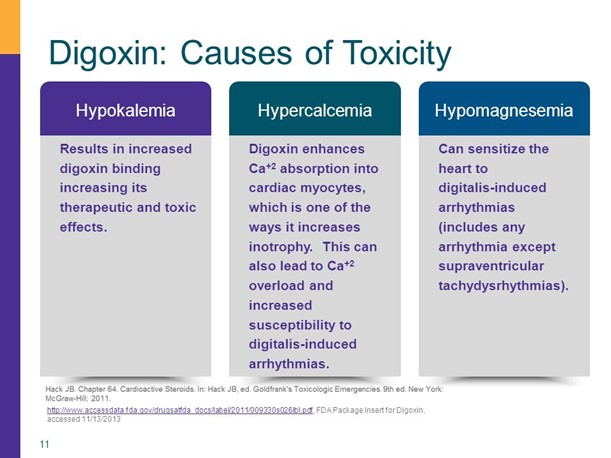A nurse is caring for a client who is taking sertraline and reports desire to begin taking supplements. Which of the following supplements should the nurse advise the client to avoid?
St. John's Wort
Coenzyme Q10
Black cohosh
Ginger root
The Correct Answer is A
A. Correct Answer: St. John's Wort
Explanation: The nurse should advise the client to avoid taking St. John's Wort. St. John's Wort is an herbal supplement commonly used to treat depression and anxiety. However, it can have significant interactions with various medications, including sertraline. Sertraline is an antidepressant that belongs to the selective serotonin reuptake inhibitor (SSRI) class. St. John's Wort can increase serotonin levels in the brain, and when combined with medications that also affect serotonin levels (such as sertraline), it can lead to a potentially dangerous condition known as serotonin syndrome. Therefore, it's important to avoid St. John's Wort while taking sertraline to prevent adverse effects and interactions.
B. Incorrect Explanation: Coenzyme Q10
Explanation: Coenzyme Q10 (CoQ10) is a naturally occurring antioxidant that plays a role in energy production within cells. While CoQ10 is generally considered safe, it does not have known interactions with sertraline. Therefore, the nurse would not necessarily advise the client to avoid CoQ10 solely based on its potential interaction with sertraline.
C. Incorrect Explanation: Black Cohosh
Explanation: Black cohosh is an herbal supplement often used to manage symptoms of menopause. It is not typically known to have significant interactions with sertraline. However, it's important for the client to discuss any supplements with their healthcare provider before starting them, especially when taking prescribed medications. The nurse might not necessarily advise the client to avoid black cohosh unless there are specific concerns based on the client's medical history.
D. Incorrect Explanation: Ginger Root
Explanation: Ginger root is a commonly used spice and herbal remedy. It does not have known interactions with sertraline and is generally considered safe for most people. However, as with any supplement, it's a good practice to consult with a healthcare provider before starting it, especially when taking prescribed medications like sertraline. The nurse would not necessarily advise the client to avoid ginger root without specific reasons related to the client's health.
Nursing Test Bank
Naxlex Comprehensive Predictor Exams
Related Questions
Correct Answer is A
Explanation
A. Correct Answer: St. John's Wort
Explanation: The nurse should advise the client to avoid taking St. John's Wort. St. John's Wort is an herbal supplement commonly used to treat depression and anxiety. However, it can have significant interactions with various medications, including sertraline. Sertraline is an antidepressant that belongs to the selective serotonin reuptake inhibitor (SSRI) class. St. John's Wort can increase serotonin levels in the brain, and when combined with medications that also affect serotonin levels (such as sertraline), it can lead to a potentially dangerous condition known as serotonin syndrome. Therefore, it's important to avoid St. John's Wort while taking sertraline to prevent adverse effects and interactions.
B. Incorrect Explanation: Coenzyme Q10
Explanation: Coenzyme Q10 (CoQ10) is a naturally occurring antioxidant that plays a role in energy production within cells. While CoQ10 is generally considered safe, it does not have known interactions with sertraline. Therefore, the nurse would not necessarily advise the client to avoid CoQ10 solely based on its potential interaction with sertraline.
C. Incorrect Explanation: Black Cohosh
Explanation: Black cohosh is an herbal supplement often used to manage symptoms of menopause. It is not typically known to have significant interactions with sertraline. However, it's important for the client to discuss any supplements with their healthcare provider before starting them, especially when taking prescribed medications. The nurse might not necessarily advise the client to avoid black cohosh unless there are specific concerns based on the client's medical history.
D. Incorrect Explanation: Ginger Root
Explanation: Ginger root is a commonly used spice and herbal remedy. It does not have known interactions with sertraline and is generally considered safe for most people. However, as with any supplement, it's a good practice to consult with a healthcare provider before starting it, especially when taking prescribed medications like sertraline. The nurse would not necessarily advise the client to avoid ginger root without specific reasons related to the client's health.
Correct Answer is D
Explanation
A. Taking an HMG CoA reductase inhibitor (commonly known as statins) is not directly associated with digoxin toxicity. Statins are used to lower cholesterol levels.
B. Having a 10-year history of COPD (chronic obstructive pulmonary disease) is not directly linked to an increased risk of digoxin toxicity.
C. Having a prolapsed mitral valve is a valvular disorder and is not a primary factor that contributes to digoxin toxicity.
D. Taking a high-ceiling diuretic
The factor that predisposes the client to develop digoxin toxicity is taking a high-ceiling diuretic.
Digoxin toxicity can be influenced by several factors. One important factor is the levels of potassium in the blood. High-ceiling diuretics, also known as loop diuretics (e.g., furosemide), can lead to potassium loss through increased urinary excretion. Low levels of potassium (hypokalemia) can increase the risk of digoxin toxicity, as digoxin has a greater effect on the heart when potassium levels are low.

Whether you are a student looking to ace your exams or a practicing nurse seeking to enhance your expertise , our nursing education contents will empower you with the confidence and competence to make a difference in the lives of patients and become a respected leader in the healthcare field.
Visit Naxlex, invest in your future and unlock endless possibilities with our unparalleled nursing education contents today
Report Wrong Answer on the Current Question
Do you disagree with the answer? If yes, what is your expected answer? Explain.
Kindly be descriptive with the issue you are facing.
